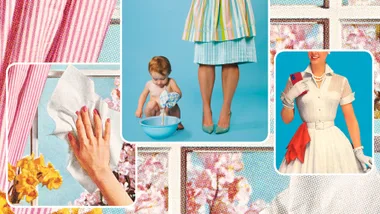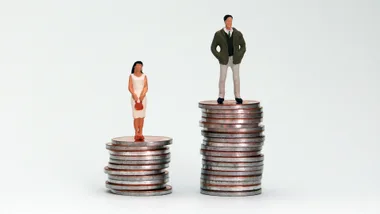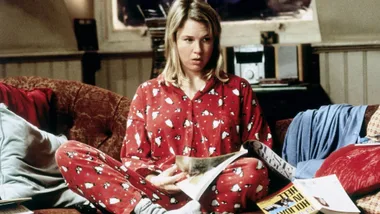50 years have passed since Australian women first won the right to equal pay for equal work and yet here we are announcing the annual gender pay gap – AGAIN! The gap now stands at 14%, and as a result (Un) Equal Pay Day will take place on August 28 this year, marking the 59 additional days from the end of the financial year that women must work to earn the same annual salary as men.
While the news that the national gender pay gap has again dropped, reaching its lowest point in over 20 years is cause for some celebration, a closer look at the numbers may add a slight dampener on festivities. According to The Workplace Gender Equality Agency (WGEA) the national gender pay gap has declined by only 0.1pp over the last six months and on average men are still taking home $241.50 per week more than women.
Via a statement released by WGEA, the organisation’s Director Libby Lyons admitted she was disappointed by the incremental fall in the gender pay gap over the last six months.
“Although it is good that the gender pay gap has declined slightly and remains stable, it shows that we still need to have more Australian employers taking action on gender equality and addressing pay equity,” she said.
These stalled results point to a scary new reality, where the push for gender equality is potentially being stymied by political agendas. Earlier this year in the US in a poll of 8,566 American adults conducted by SurveyMonkey, nearly half of men (46%) believe that the pay gap ‘is made up to serve a political purpose,’ rather than being a ‘legitimate issue’. The Survey also indicated that about a quarter of men aged 18 to 34 (24%) say that media reports of men and women being paid unequally is ‘fake news’.
The national gender pay gap measures the difference between the average weekly full-time base salary earnings of women and men, expressed as a percentage of men’s earnings. It is a measure of women’s overall position in the paid workforce and does not compare like roles.
Luckily there are plenty of companies taking the pay gap seriously, so it’s not all bad news. For example, at this year’s inaugural marie claire Glass Ceiling Awards Software giant Salesforce was honoured for their public stance on pay equity. Through an investment of over $9 million, the company ensured equal pay for equal work for its 4000 employees.
Here’s hoping that more companies will follow their lead and that after half a century of fighting for pay equality, (Un)Equal Pay Day will be celebrated much earlier. Or hopefully, not at all.










